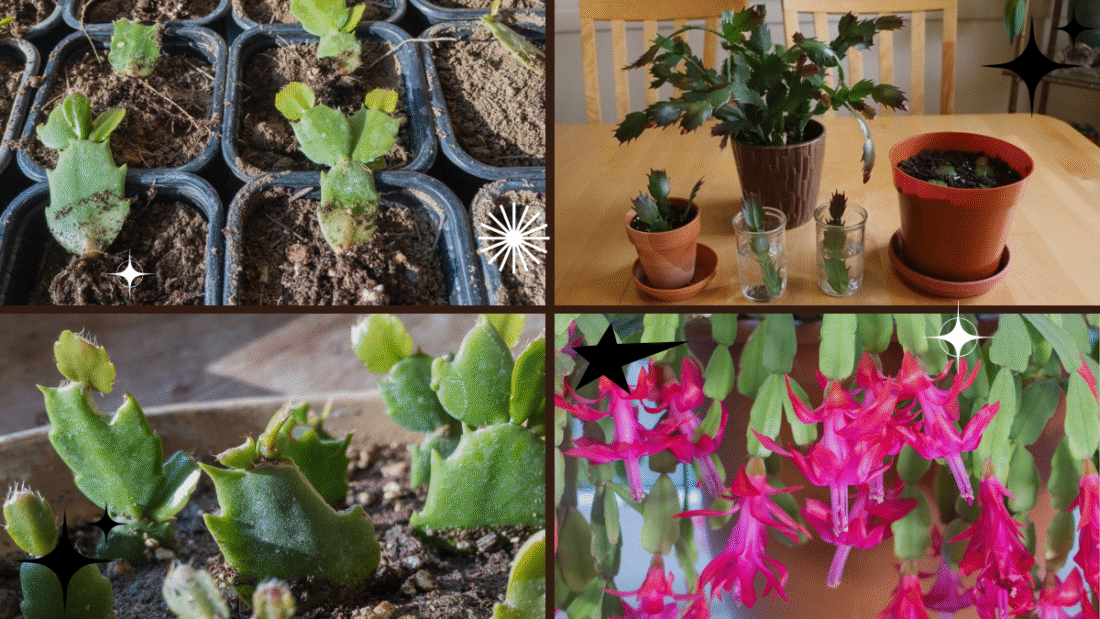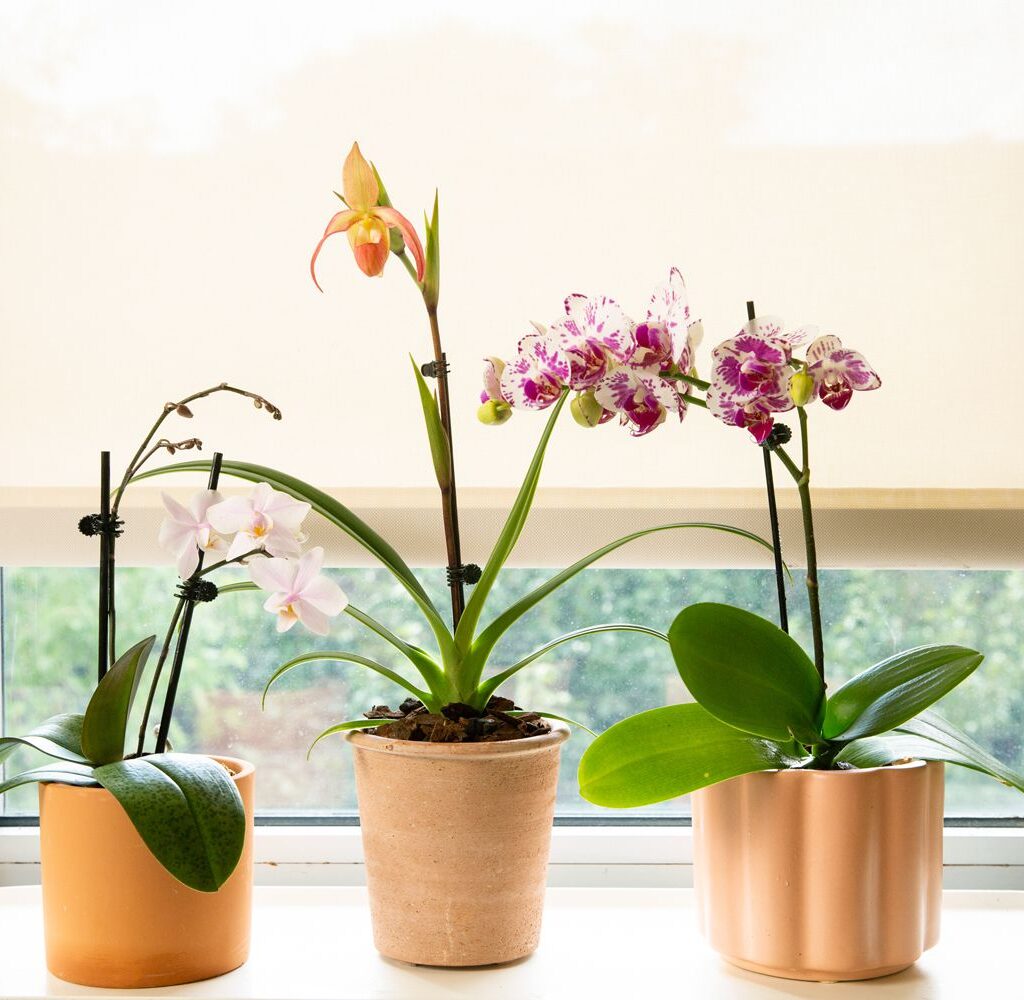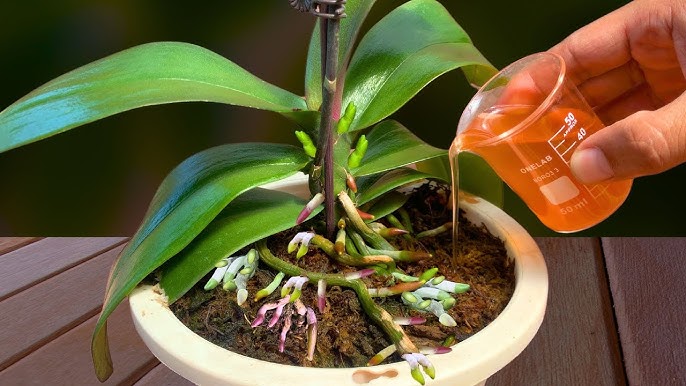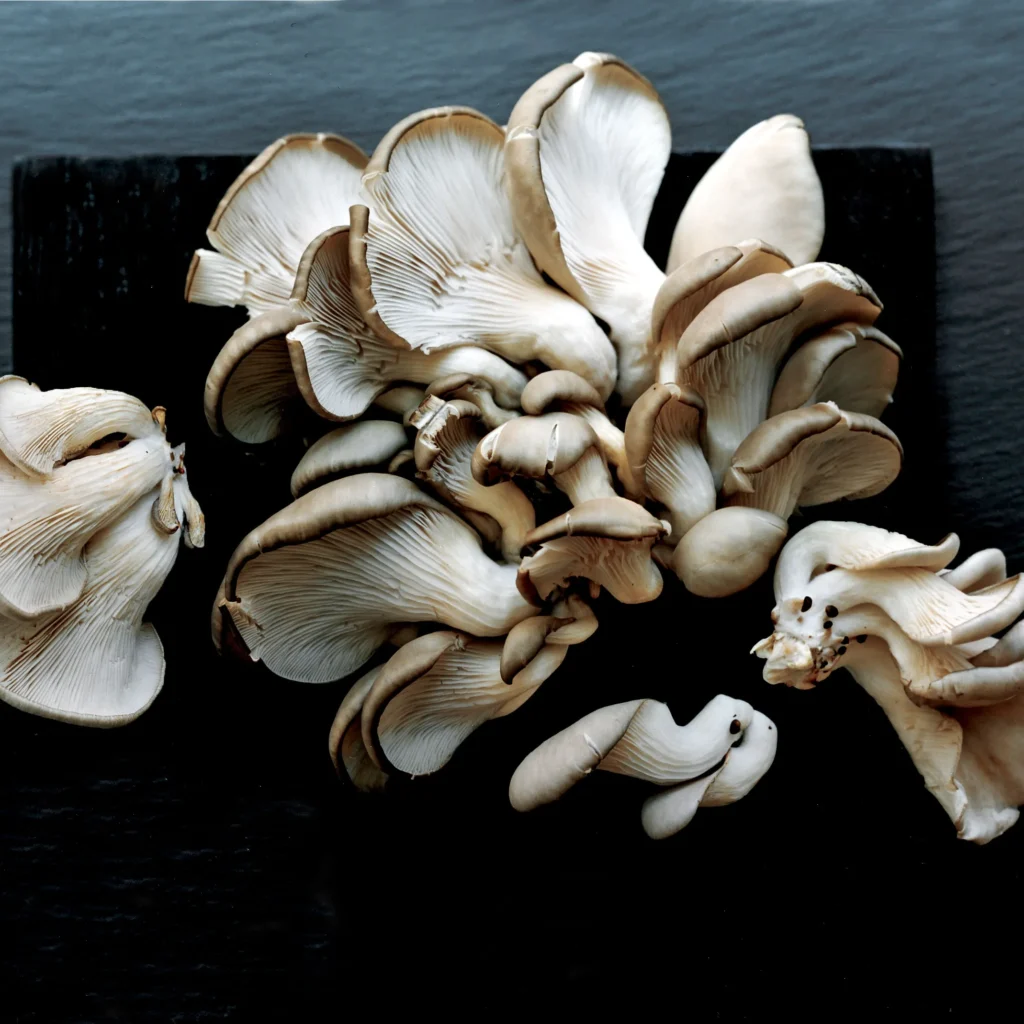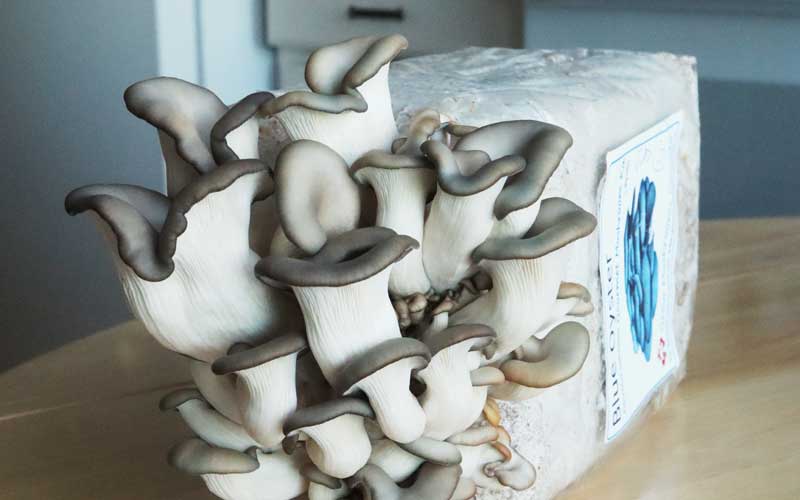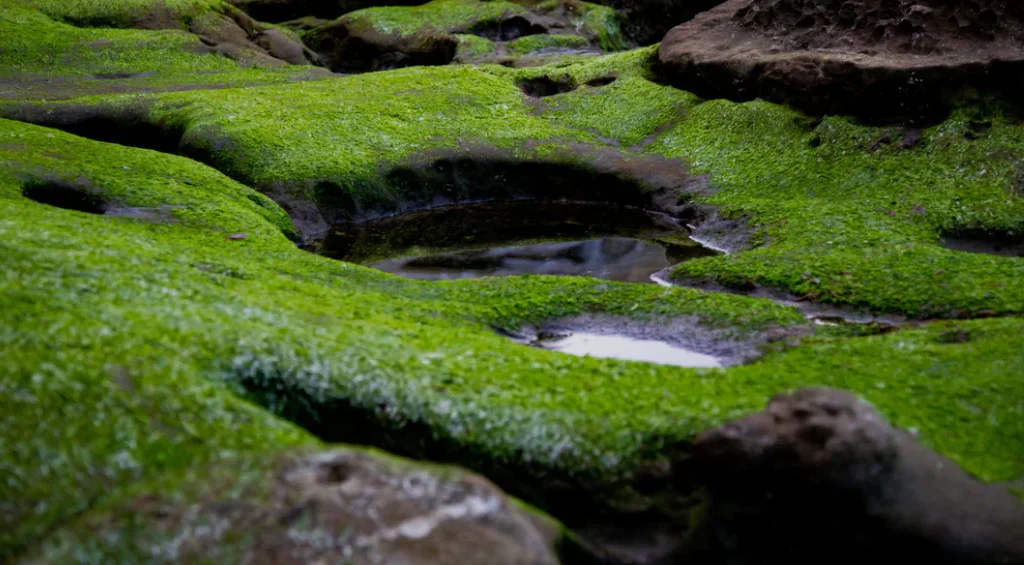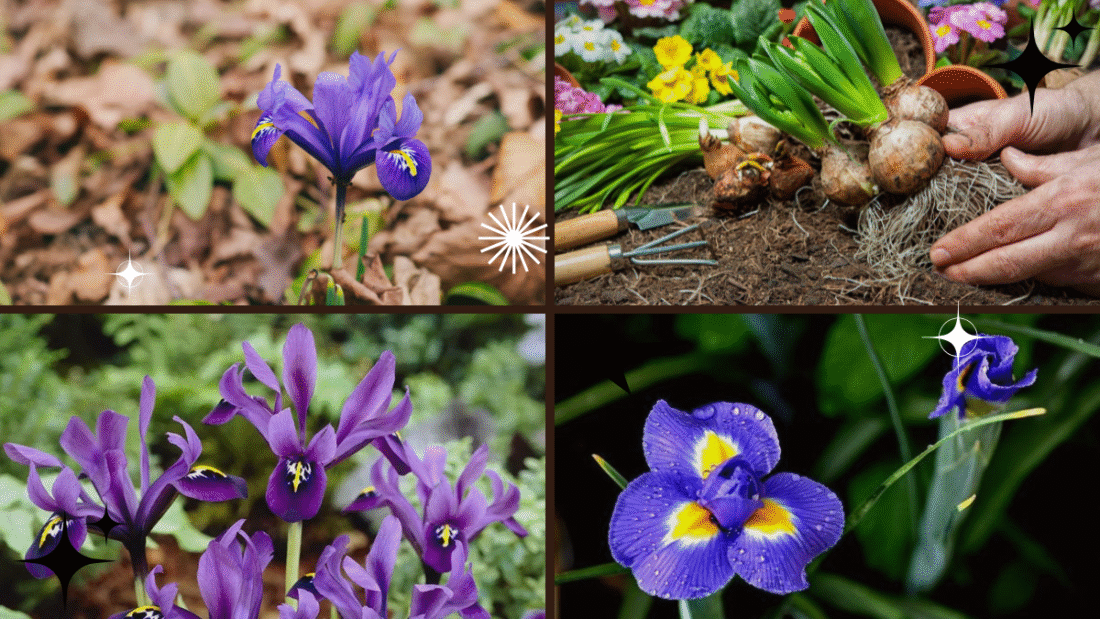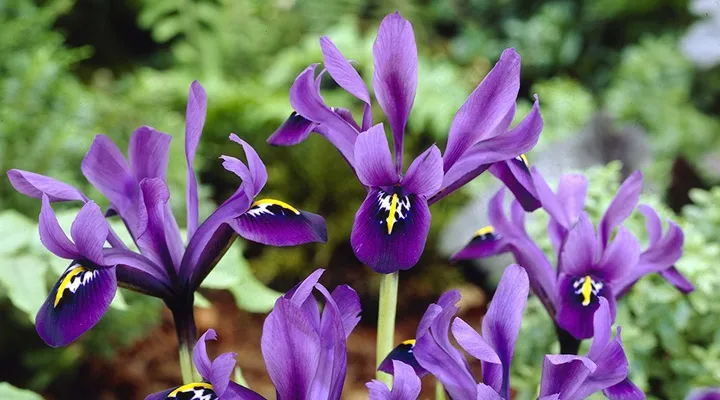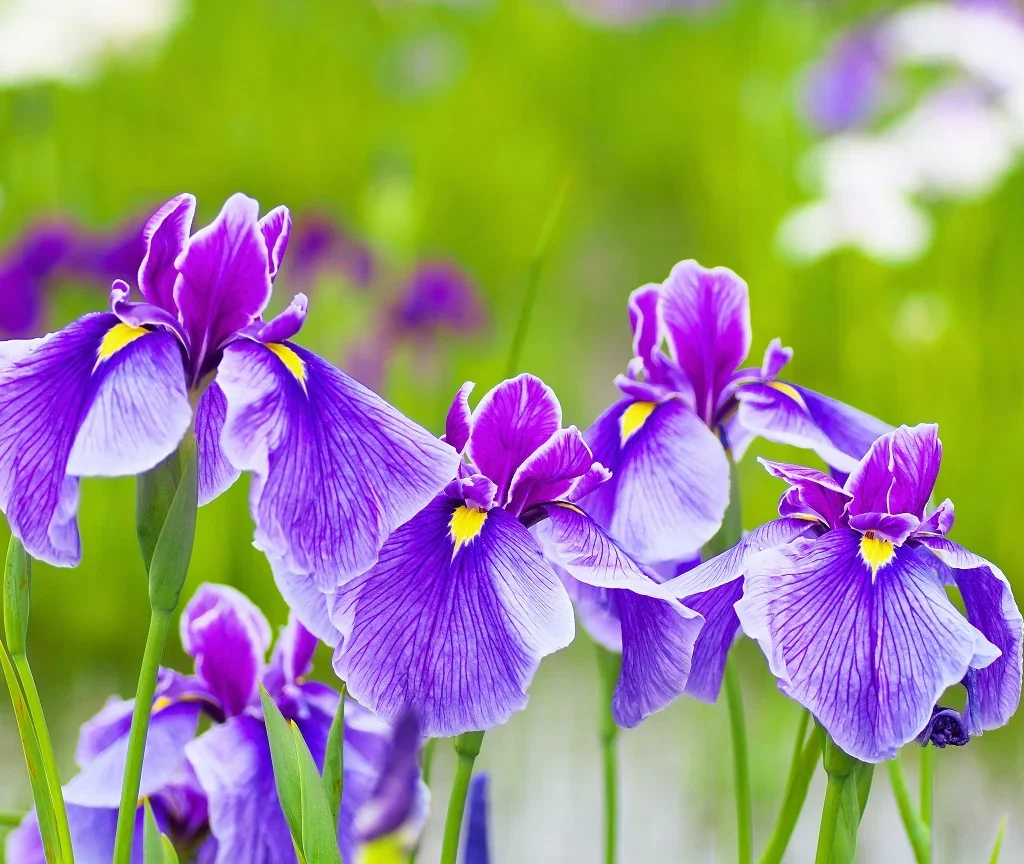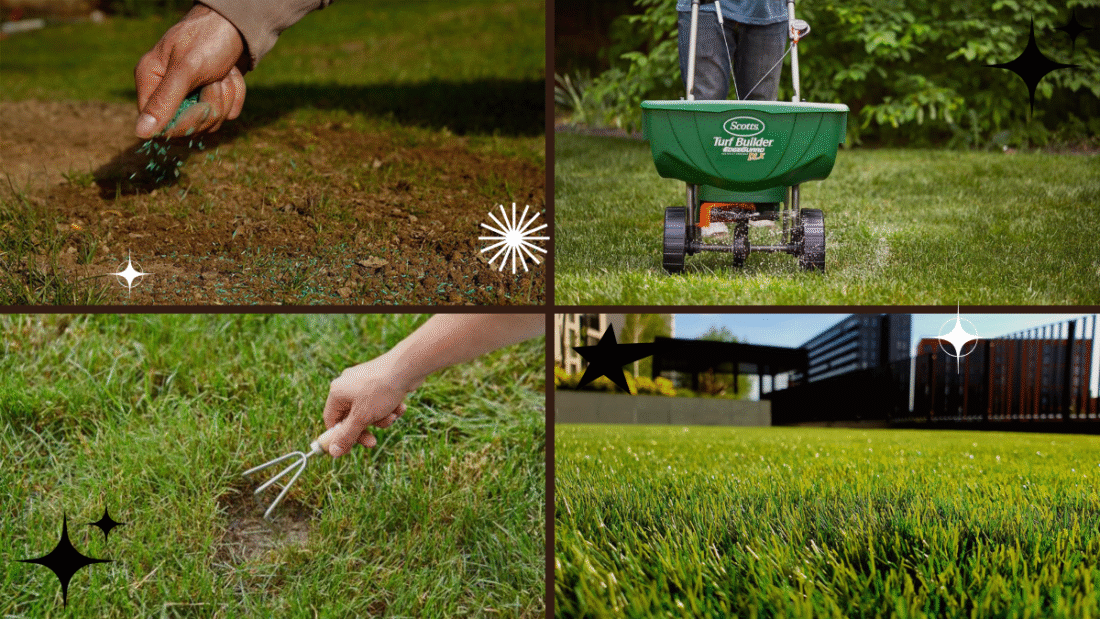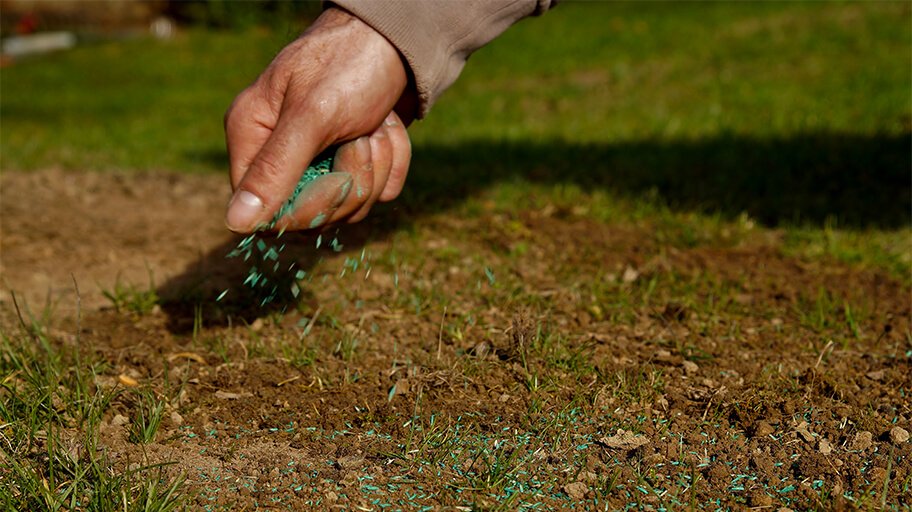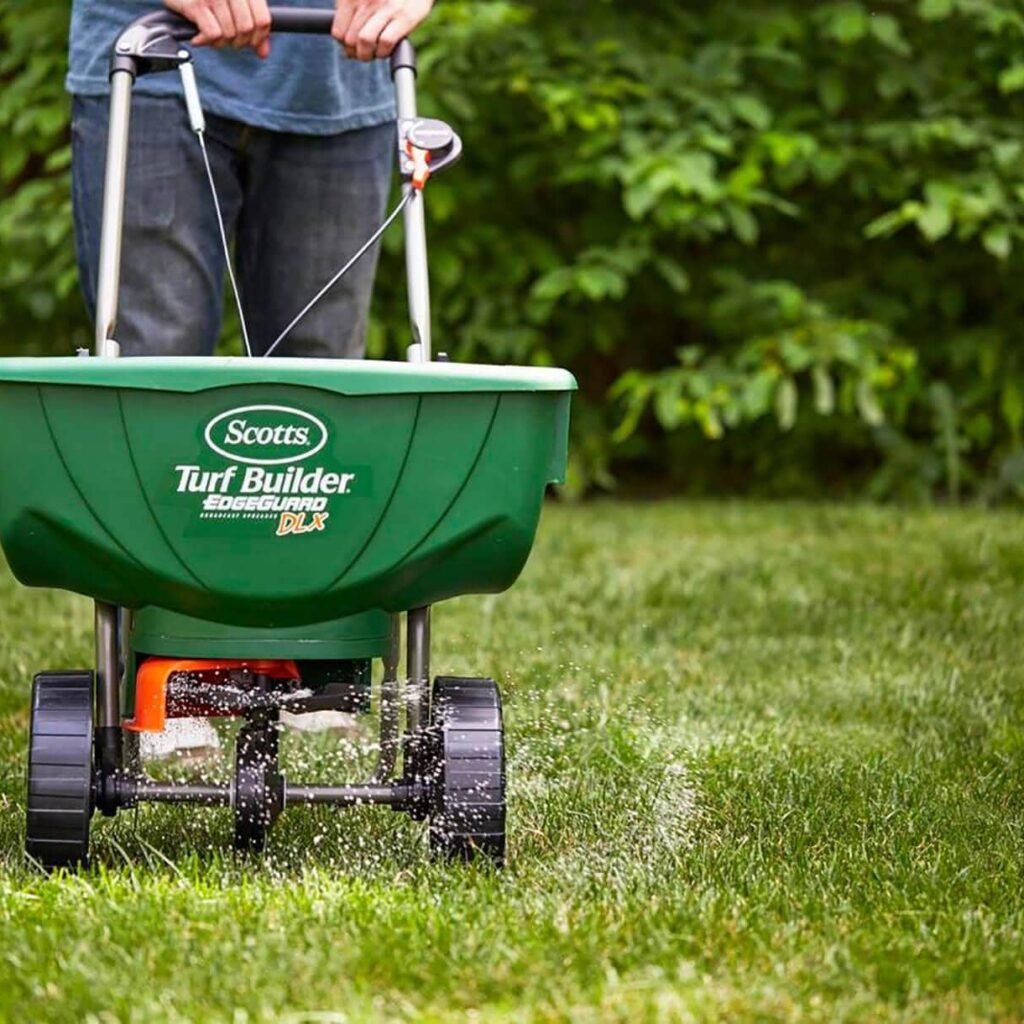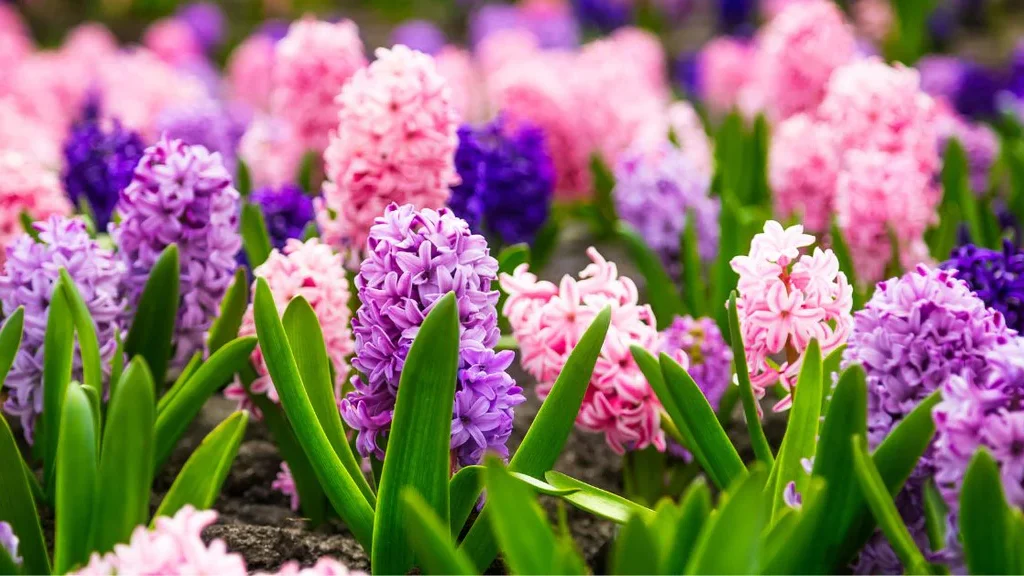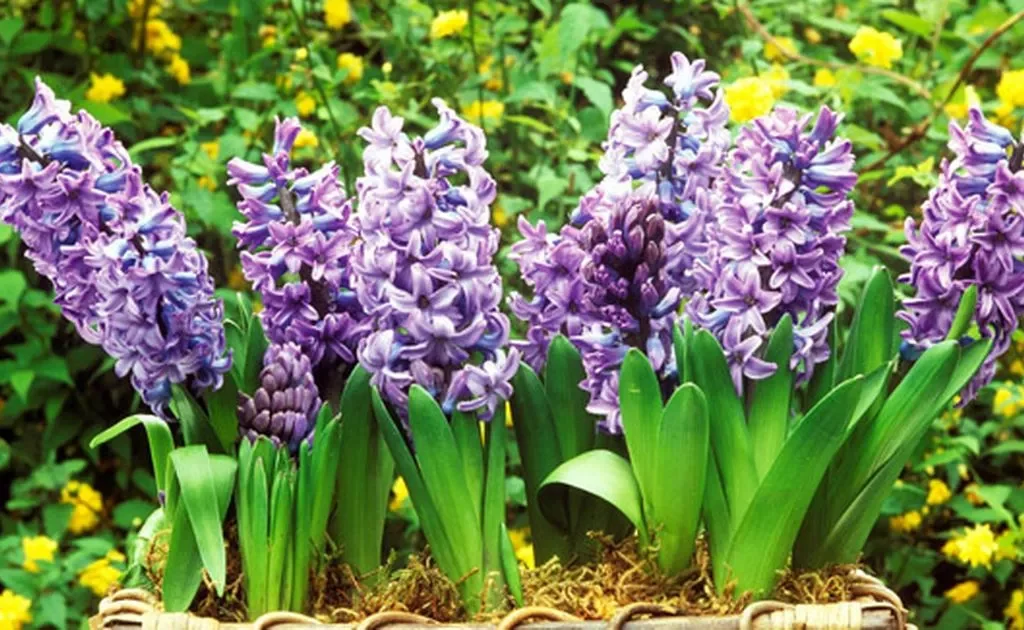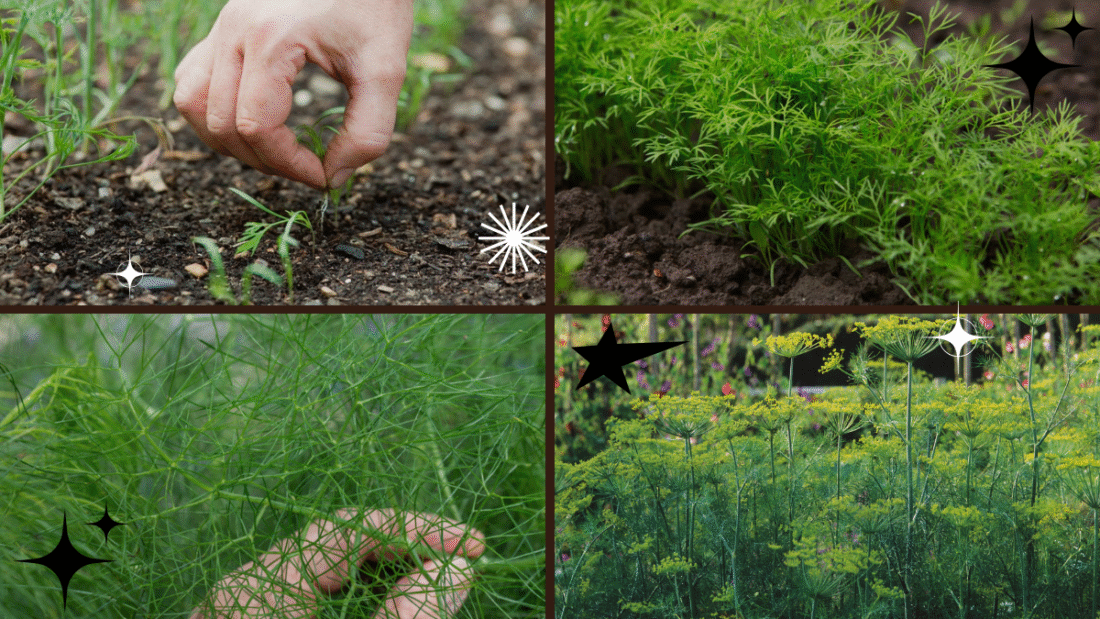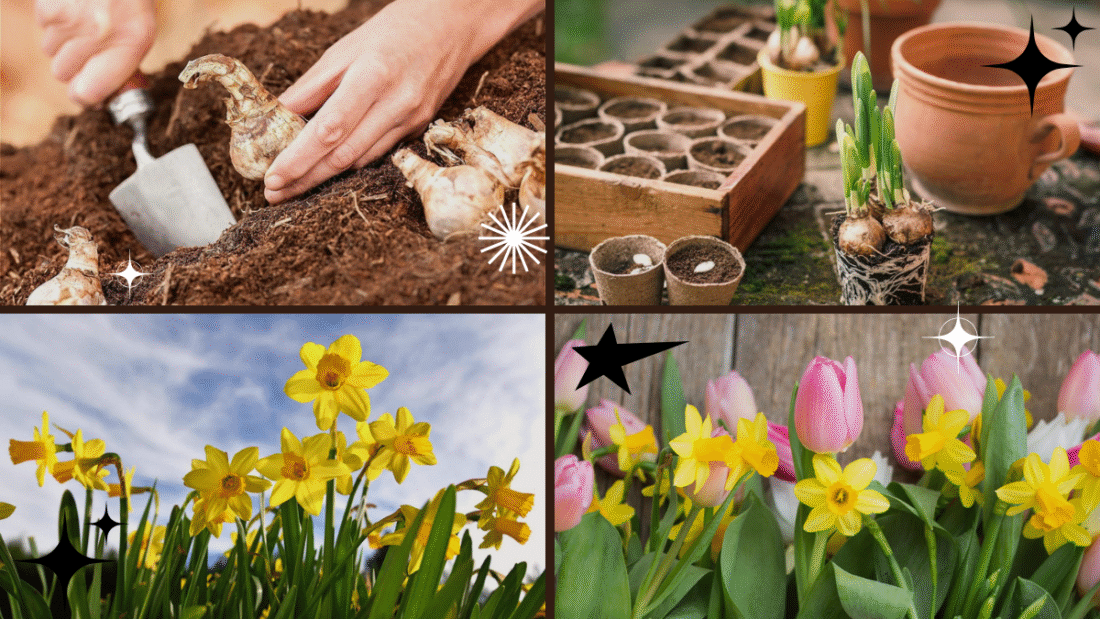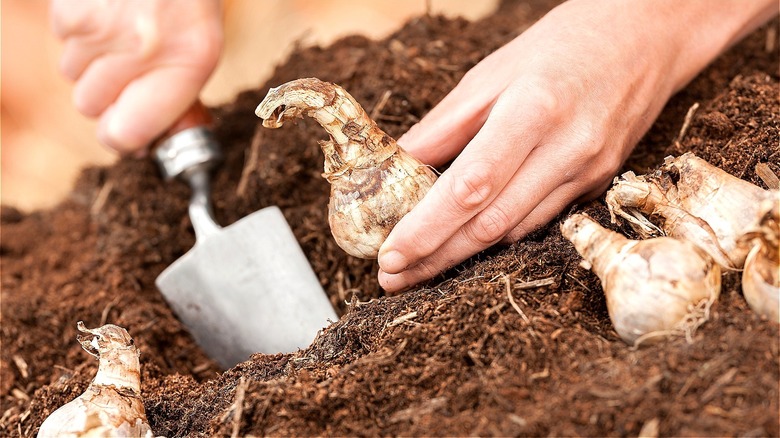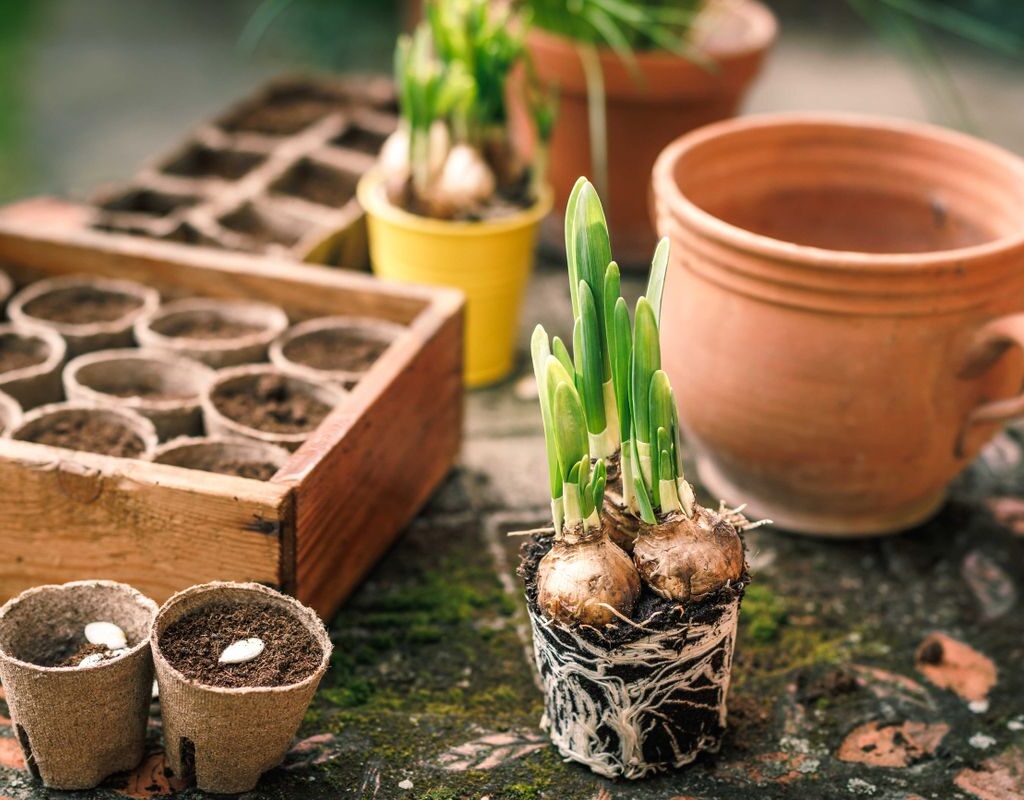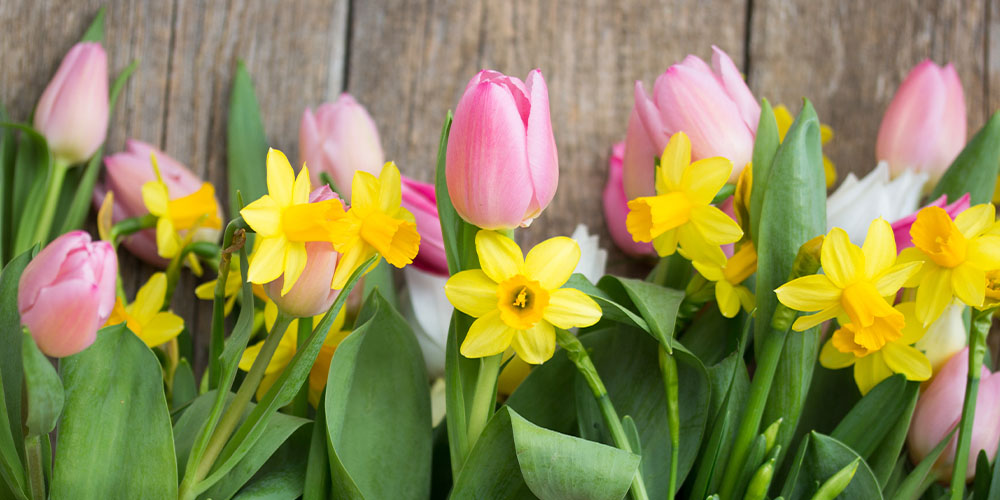If you’re looking to grow a houseplant that not only brightens your home but also carries a beautiful family tradition, the Christmas Cactus is a wonderful choice. Known for its elegant, drooping stems and vibrant, tubular flowers that bloom around the holiday season, this charming succulent is easy to propagate, plant, and care for.
In this complete guide, we’ll explore everything you need to know about propagating and planting a Christmas Cactus successfully — from choosing healthy cuttings to the perfect potting mix, planting techniques, and aftercare. Whether you’re a beginner or a seasoned plant enthusiast, you’ll be able to expand your collection and keep your home blooming every festive season.
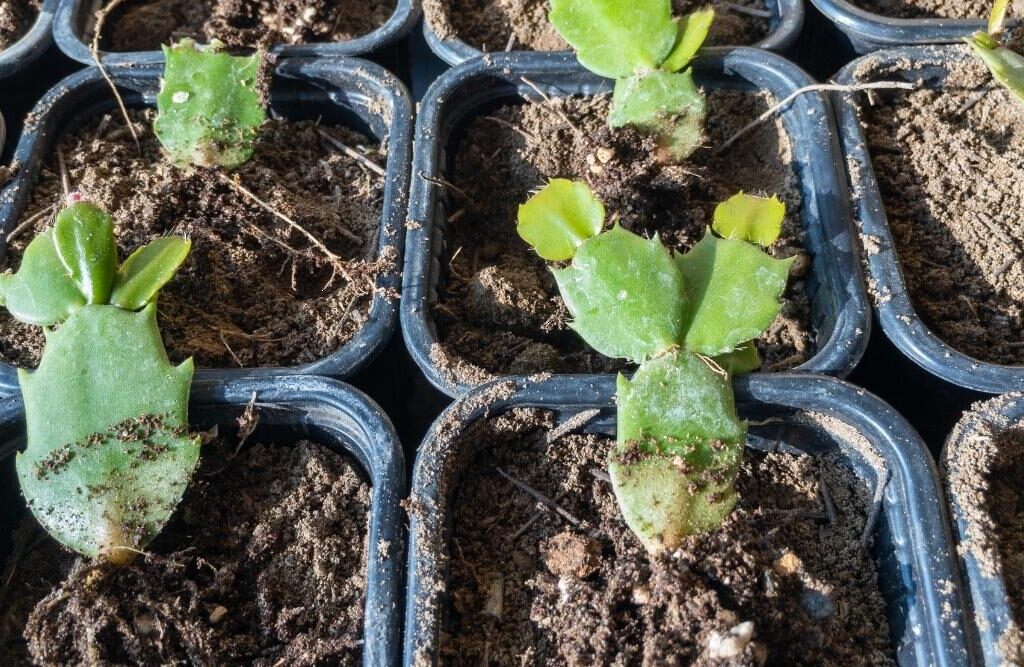
Why Grow a Christmas Cactus?
Unlike many desert cacti, the Christmas Cactus (Schlumbergera bridgesii) hails from Brazil’s tropical rainforests and grows in shaded, humid environments. It’s prized for:
- Brilliant blooms in shades of pink, red, white, yellow, or purple
- Low-maintenance nature — perfect for homes and offices
- Easy propagation for gifting or expanding your indoor garden
- Longevity — some family plants have been passed down for generations!
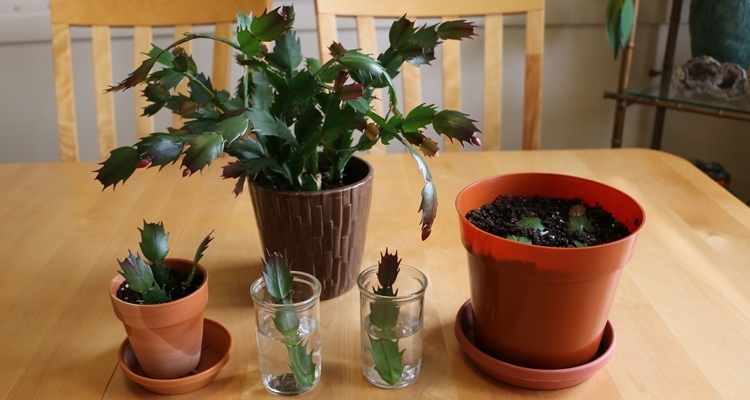
The Best Time to Propagate a Christmas Cactus
The ideal time to propagate is:
- After the blooming season (typically late winter to early spring)
- When the plant is actively growing and producing new stems
- Avoid propagating while it’s in bloom, as this can stress the plant and reduce the chances of successful rooting.
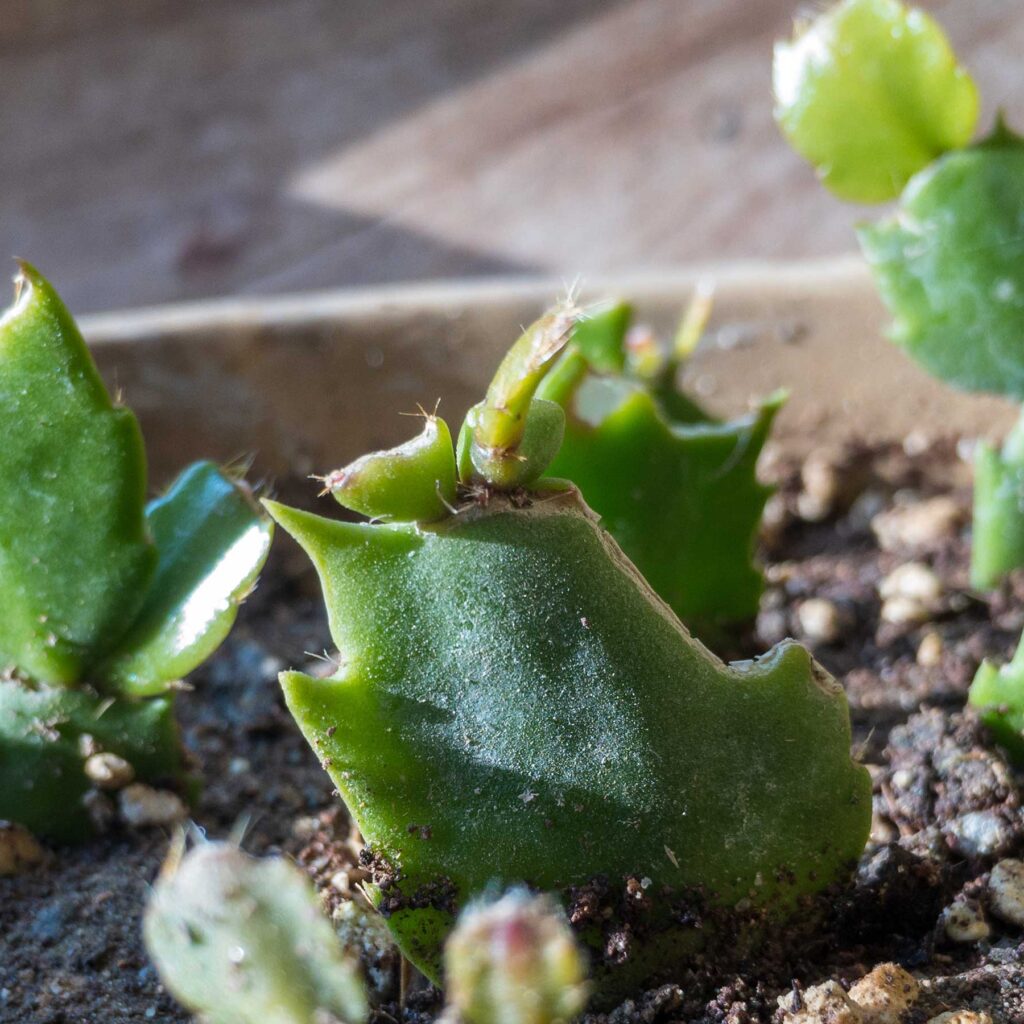
How to Propagate a Christmas Cactus
You can propagate a Christmas Cactus through stem cuttings. It’s an easy and reliable method that usually yields high success rates.
What You’ll Need:
- A healthy, mature Christmas Cactus
- Clean, sharp scissors or pruning shears
- Small pots or containers
- Well-draining potting mix
- Rooting hormone (optional, but helpful)
- Spray bottle for misting

Step-by-Step Propagation Guide
Step 1: Choose a Healthy Stem
Look for a firm, vibrant green stem with 3-5 joined segments (leaf-like pads). Avoid stems that appear wilted, shriveled, or discolored.
Step 2: Make the Cut
Using sterilized scissors or pruning shears:
- Cut the stem cleanly between segments, ideally at a joint.
- Take several cuttings to increase your chances of success.
Step 3: Let the Cuttings Callus
Before planting, allow your cuttings to dry and callus over at the cut end for 24-48 hours in a cool, dry place. This step prevents rot once planted.
Step 4: (Optional) Dip in Rooting Hormone
For faster root development, you can dip the cut end of each cutting into a rooting hormone powder.
How to Plant Christmas Cactus Cuttings
Once your cuttings are callused, it’s time to plant them.
Step 1: Prepare the Pot and Soil
Choose small pots with drainage holes. Christmas Cactus prefers slightly acidic, well-draining soil. You can use:
- A mix of 2 parts cactus or succulent soil and 1 part perlite or coarse sand
- Or make your own with regular potting soil, perlite, and peat moss
Step 2: Plant the Cuttings
- Insert each cutting about 1-2 inches deep into the soil, with at least one segment buried.
- Firm the soil gently around the cutting to hold it upright.
- Space cuttings an inch apart if planting several in one pot.
Step 3: Mist and Position
- Lightly mist the soil with a spray bottle — avoid soaking.
- Place the pot in a bright, indirect light location (avoid direct sunlight).
- Maintain a temperature of around 65-75°F (18-24°C) for optimal rooting.
Caring for New Christmas Cactus Cuttings
Watering:
- Mist lightly every 2-3 days, keeping the soil barely moist.
- Avoid overwatering — too much moisture can cause cuttings to rot.
Rooting Time:
- New roots typically form in 2-4 weeks.
- You’ll know your cutting has rooted when you feel slight resistance if you gently tug it.
Transplanting:
- Once your cuttings show new growth or roots fill the pot, transplant them into slightly larger containers filled with the same potting mix.
Long-Term Care for Christmas Cactus
Once established, Christmas Cactus is low-maintenance and long-living.
Light:
- Prefers bright, indirect light
- Avoid harsh, direct sunlight which can scorch leaves.
Water:
- Water when the top inch of soil feels dry.
- Water thoroughly, allowing excess water to drain.
- Reduce watering frequency in fall and winter.
Humidity:
- Christmas Cactus enjoys moderate to high humidity.
- Mist regularly or use a humidity tray indoors, especially during dry months.
Fertilizing:
- Feed with a balanced, water-soluble fertilizer every 4-6 weeks from spring through early fall.
- Stop feeding in late fall before the plant’s blooming period.
Pruning:
- After flowering, prune lightly to encourage branching and a fuller shape.
- Use clean scissors to remove leggy or damaged stems.
How to Encourage Christmas Cactus Blooms
To enjoy vibrant blooms during the holidays:
1. Provide a Rest Period
- In fall, reduce watering and keep the plant in a cool (50-60°F/10-15°C), dark location for 6 weeks.
2. Limit Light Exposure
- For flower buds to form, the plant needs 12-14 hours of darkness daily for several weeks.
3. Resume Regular Care
- Once buds form, move the plant back to its bright spot and resume regular watering.
Common Issues and How to Fix Them
Wilted Leaves:
- Cause: Overwatering or underwatering
- Fix: Adjust watering schedule and check drainage
No Blooms:
- Cause: Too much light or warmth during the pre-bloom rest period
- Fix: Move to a cooler, darker spot in fall
Rotting Stems:
- Cause: Excess water or poor drainage
- Fix: Remove affected parts and repot in fresh, dry soil
Fun Facts About Christmas Cactus
- Despite its name, it’s not a desert cactus but an epiphytic cactus that grows on trees in rainforests.
- Some Christmas Cactus plants can live for over 50 years, often passed down through families.
- Its relative, the Easter Cactus, blooms in spring and has slightly different care needs.
Final Thoughts
Propagating and planting a Christmas Cactus is a rewarding, beginner-friendly project that allows you to multiply one of the most charming houseplants around. With just a little patience and care, your home can soon be filled with bright, holiday blooms and lush, trailing green stems.
Whether you’re propagating to gift to loved ones or expanding your indoor plant family, following these simple, detailed steps will help you grow healthy, happy Christmas Cactus plants that brighten your space year after year.

